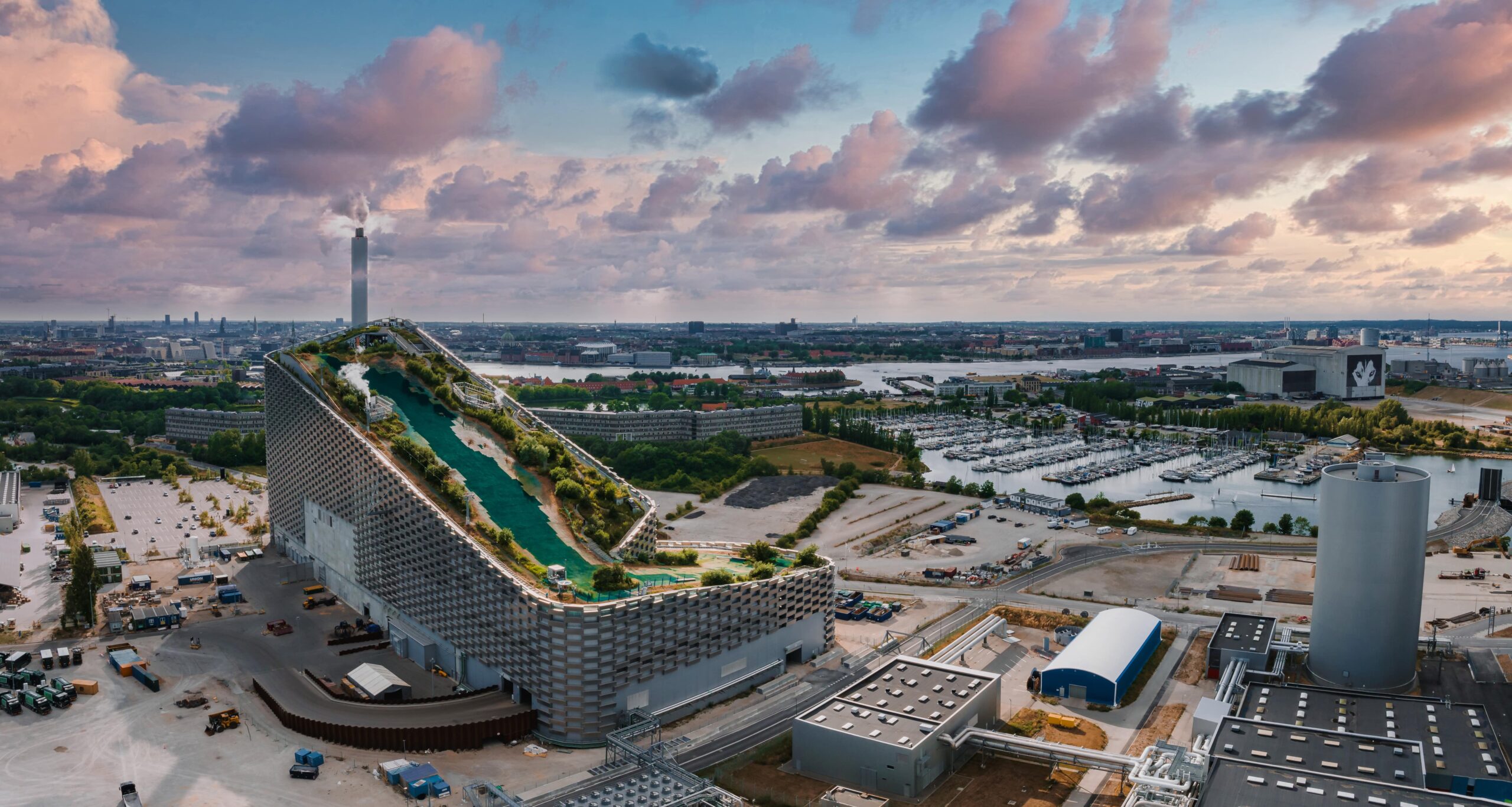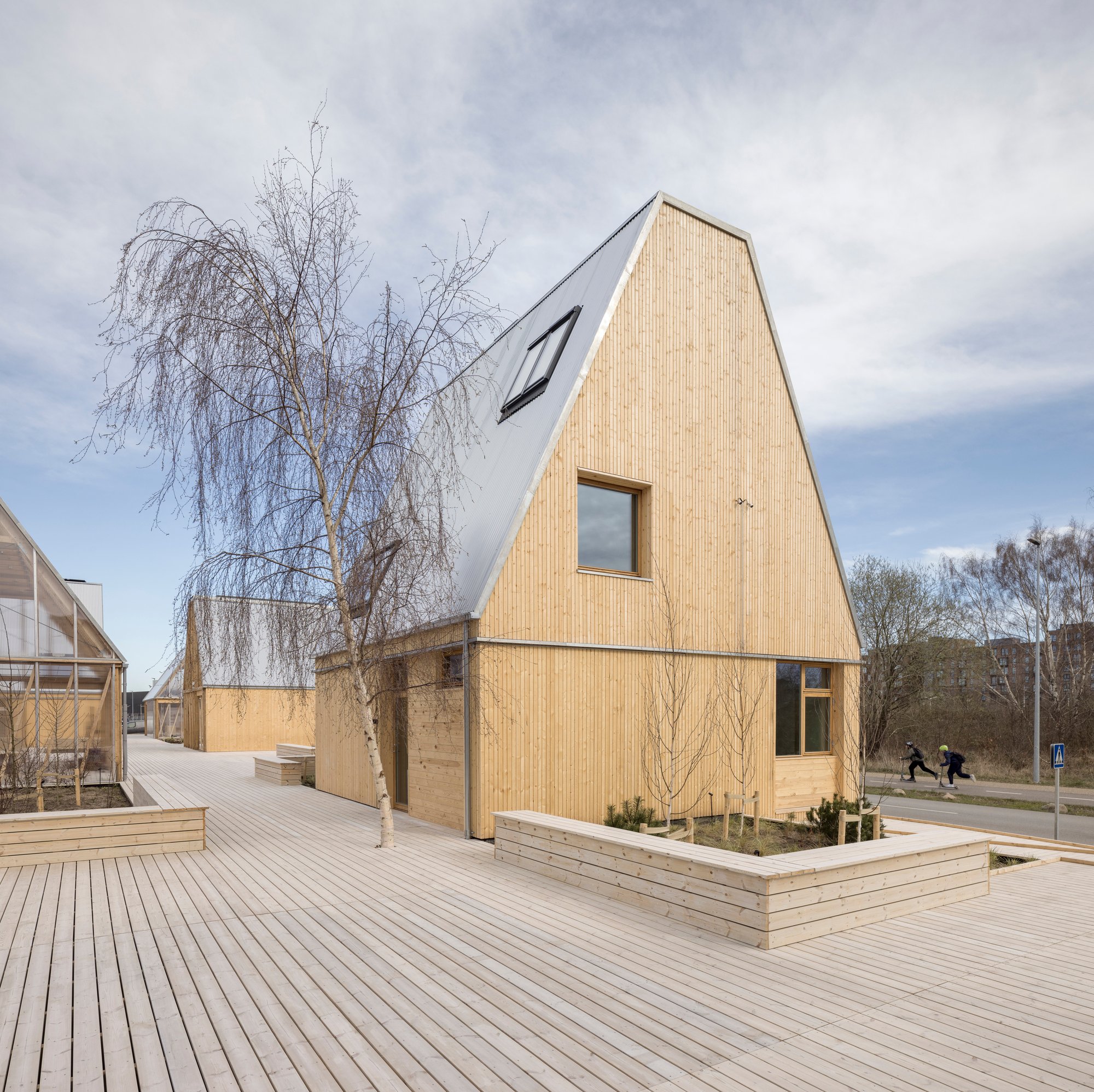News
CHP
District heating
Energy efficiency in buildings
+1
The Key to Success in District Heating


District heating - a cornerstone in Denmark’s green transition
The very first combined heat and power plant in Denmark was built in 1903. It was a waste incineration plant, which made it possible to handle waste and provide electricity and heat to a nearby hospital, thereby delivering two services simultaneously. During the 1920’s and 1930’s, a collective district heating system was developed, based on excess heat from local electricity production. From here on, district heating from combined heat and power (CHP) expanded in the larger Danish cities, and by the 1970’s, around 30% of all homes were heated by district heating systems.
Decreasing energy dependency and consumer costs
By the time of the energy crisis in 1973/74, energy consumption per capita had risen considerably. The energy crisis made it evident that saving energy was critical both to decrease the dependency of imported fuels and to reduce consumer heating costs. Therefore, a decision was made to expand the fuel-efficient CHP systems to not only the larger cities, but also, later on, to medium and smaller size cities in Denmark.
-Download new white paper: District Energy
First heat supply law in 1979
Up to 1979 there was no law regulating the heat supply in Denmark. Most heat consumers had small oil-fired boilers or other forms of individual heating. In order to fulfil the policy goals, Denmark passed its first heat supply law in 1979. The law contained regulations regarding the form and content of heat planning in Denmark and marked the beginning of a new era in public heat planning, which still exists today.
High energy efficiency is one of the results of long-term planning
Today, 63% of all Danish residential homes are connected to district heating – not only for space heating, but also for domestic hot water. When producing heat and power using CHP, the overall energy efficiency is significantly higher than when producing heat and power separately. A CHP plant may have a total efficiency (combined heat and power) of 85-90% resulting in an overall fuel saving of approximately 30%, compared to separate production of heat and electricity. District heating and CHP have been – and continues to be – a key ingredient to Denmark’s green transition.
-Related news: 1 Windy Day Could Heat a Danish Town of 40,000 Inhabitants for 1 Year
District Heating in Hafencity Hamburg
In Germany, approximately 14% of all households are connected to district heating systems. The city of Hamburg stands out as a front runner in district heating. The city has a vast district heating network supplying 19% of all households. Politicians in charge have declared that the district heating infrastructure will continue to be expanded. Their goal is to connect 50,000 additional households to the district heating network by year 2020.
HafenCity is a whole new city quarter being built in the heart of Hamburg, Germany. It is currently Europe’s largest inner-city development project, setting new standards for city development. It covers 155 hectares of harbour area with a mix of apartments, offices, recreational facilities, retail trade and culture. City planners have chosen the most sustainable and economically advantageous long-term solution for heat supply: All buildings are supplied with district heating.
Dowload white paper: Smart Buildings
The aim has been to develop an energy supply concept that fulfils the strictest economic and environmental requirements. In essence, the concept is based on the combination of the existing, well-proven Hamburg district heating system with decentralised, local heating distribution units. The fuel used is mainly coal, along with household and industrial waste, natural gas, and very small quantities of light fuel oil.
The combination of heat and power ensures that surplus heat from the power plant is used to heat buildings in the HafenCity area instead of being wasted. This way, 90% of the primary energy can be utilised – a concept which could easily be expanded to other residential areas and cities. Compared to a conventional fossil heat supply, approximately EUR 3.7 million in fuel costs and 14,000 tons of CO2 are saved every year.
You should consider reading
events
Carbon capture, storage and utilisation
+4
CCUS Study Tour to Denmark
25 April 2024solutions
Energy efficiency in buildings
+2















